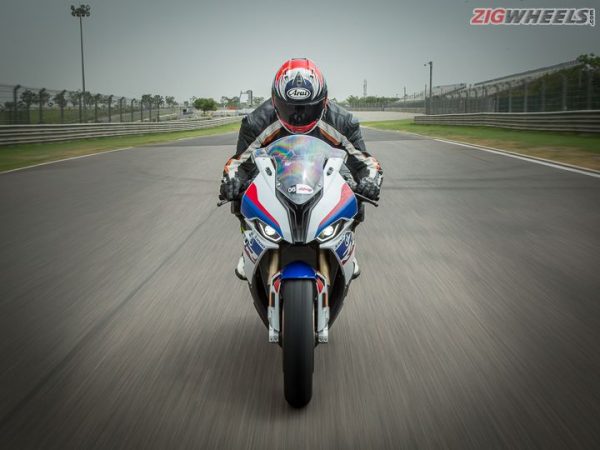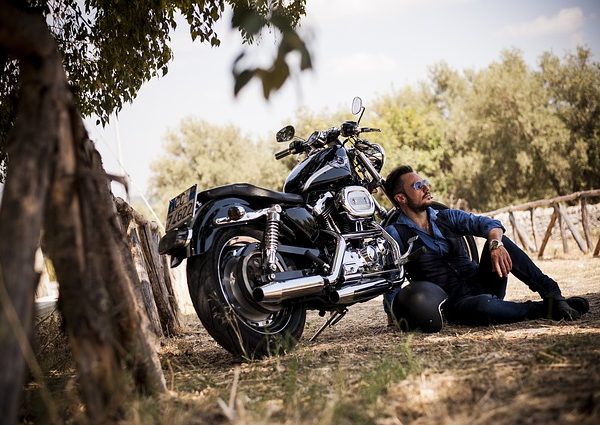Different types of bicycle tires (folding tires, clincher tires, tubeless and tubular tires) – bikerbuys.com
Table of Contents
As in our Bike Parts Online Store in the “Tire see,” there is not only one type of tire, but different: clincher, folding, tubular tires and tubeless tires. We are happy to explain the different types of tires in this guide, including the respective advantages and disadvantages.
Different types of bicycle tires

Clincher tires
Clincher tires are a classic among tires; it is installed on most rims. At the lower end of the bicycle tire is the stiff wire that gives the clincher its name. The clincher tire is also known internationally as a clincher.
Due to the air pressure in the bicycle tube, this wire is pressed into the rim bed directly under the hook flank to hold the bicycle tire in the rim. The clincher tire can be used for any bike model; whether e-bike, city or trekking bike, racing bike or MTB. The trekking tire and MTB tire have the typical tread pattern that is necessary to always have enough grips on forest floors or in uneven terrain. In contrast, the racing bike tire has rather little profile, so that a low rolling resistance is possible. You can buy clincher tires both with and without puncture protection. The additional Puncture protection on this bicycle tire makes the tire a little heavier; In addition, the rolling resistance is increased somewhat. However, you get a higher puncture safety for this. So every biker has to weigh for himself what is more important to him. Weight against puncture protection;
Folding tire
The so-called folding tire is another type of clincher tire. In the case of folding tires, Kevlar or aramid fibers (fibers made of plastic) were used for tire stabilization instead of wire. Thanks to the flexible plastic fibers, the tire is easier to fold and that’s why it got its name. Due to the lighter materials, you save 50 to 100 g of weight per tire – depending on the size. Bikes in the higher price segment are usually equipped with folding tires.
Tubular tires
A tubular tire is created in a different construction: the tube is sewn directly onto the jacket and then completely glued to the special rim. The tubular tire is also internationally Tubular called.
A good plus point with tubular tires is that no stable hook flanks are required; because they are connected directly to the rim. In this way, these wheels can be easily constructed and weight is also saved on the wheel. It is also advantageous that, due to their nature, they do not slip off the rim in the event of a flat tire and you have to continue rolling on the tire casing. In racing cycling, tubular tires have been used for a long time. Even if the rolling resistance and weight of tubular tires can be compared with a modern folding tire, tubular tires are mostly mounted on racing bikes.
A major disadvantage is that you have to have a lot of experience and patience to mount tubular tires on the wheels and also to change tires in the event of a breakdown. The tube is glued to the bicycle rim with a tubular tire adhesive for carbon or aluminum wheels. To do this, you have to pre-stretch the tubular tire on a rim for 24 hours. After the tubular tire has been glued to the rim, the tire must harden for a further 24 hours before you can start your first bike tour. This effort should definitely be taken into account in your decision.
Tubeless tires
Tubeless tires do not need tubes, as the tires sit firmly and airtight on the bicycle rim. Probably the greatest advantage of a tubeless tire is its puncture resistance: As the name suggests, there are no tubes here – so no tube can burst. Only a really large crack in the jacket could cause a flat tire. To prevent this from happening, a puncture protection fluid is poured into the tubeless tire. Another advantage is that there is no friction between the bicycle tire and tube (since there is no tube) and the rolling resistance can be reduced. If your new bike does not come with a tubeless tire, but only with a tubeless-ready tire, you can remove the tube and ride the bicycle tire without it.
High-quality mountain bikes now have tubeless tires fitted as standard. More and more bicycles – including others – are being equipped with tubeless-ready bicycle tires.
Expert tip: Not every rim is tubeless- or tubeless-ready compatible: Special rims are required for this.
Rolling resistance vs. puncture protection
As with clincher tires, the folding tire may have an extra puncture protection integrated. This protective layer is either incorporated directly under the tread or between the individual fabric layers of the tire carcass.
The “normal” puncture protection for tires consists of several thin layers of plastic fibers. Here, too, mostly Kevlar / aramid is used. The advantage of this plastic layer between the tube and the tire tread is that this layer is cut and tear-resistant. The biggest disadvantage, however, is the slightly higher weight and the associated higher rolling resistance. With trekking or city bikes, however, this is often accepted, since the weight is not as important here as with MTB or racing bike.
The tire manufacturers Schwalbe and Continental offer another “safe” option for puncture protection with an additional layer between the carcass and the tread. Instead of pure plastic fibers, there is a 5 mm thick layer of elastic rubber. In the event of an accident, short, pointed objects simply get stuck in the puncture protection and cannot reach the hose.
Expert tip: For a better overview, Schwalbe offers bicycle tires divided into different puncture protection classes. The tires are labeled with numbers from 2 to 7 (7 means the highest puncture protection factor). The Schwalbe tires Marathon Plus, Marathon plus Tour and Marathon Plus MTB fall into this category. Thanks to their thick 5 mm rubber layer, they are in principle considered to be “non-flattened”.
As the 3rd variant of the puncture protection we mention the puncture liquid (colloquially called “sealing milk”). This breakdown liquid is only recommended for hose and tubeless systems. Do not use the sealing milk on clincher or folding tires, these tires are not suitable for this. The exchange or repair of tubular tires is very costly. If you now have a tubular tire or a tubeless tire, the puncture fluid will be drained directly into the bicycle tire in the event of a tire accident. This will seal the hole in the event of a breakdown while driving. Since the sealing milk is based on latex, it hardens after a certain time in the hose. The hose does not have to be replaced until after approx. 7 months at the latest (earlier depending on the manufacturer).
Note that these way small holes can be sealed without any problems. You cannot seal larger cuts or tears in the jacket, for example caused by broken glass, with breakdown milk.
Summary:
. Clincher tires (also called clinchers) can be found on most bicycles
. Folding tires belong to the clincher family, so the rolling resistance is similar to that of clincher tires. Since flexible Kevlar fibers were used, they can be folded.
. Tubular tires are mostly found on racing bikes. They increase comfort, puncture protection and also reduce rolling resistance.
. Tubeless systems have no tubes in the tire. Due to the lack of a hose, they offer higher puncture protection and also lower weight.
. There are 3 forms of puncture protection available: The simplest variant is a reinforced plastic layer in the jacket. The second option is an extra puncture protection layer made of rubber under the tread. It is also very good to pour a breakdown liquid / sealant directly into the tube or tubeless tire.


